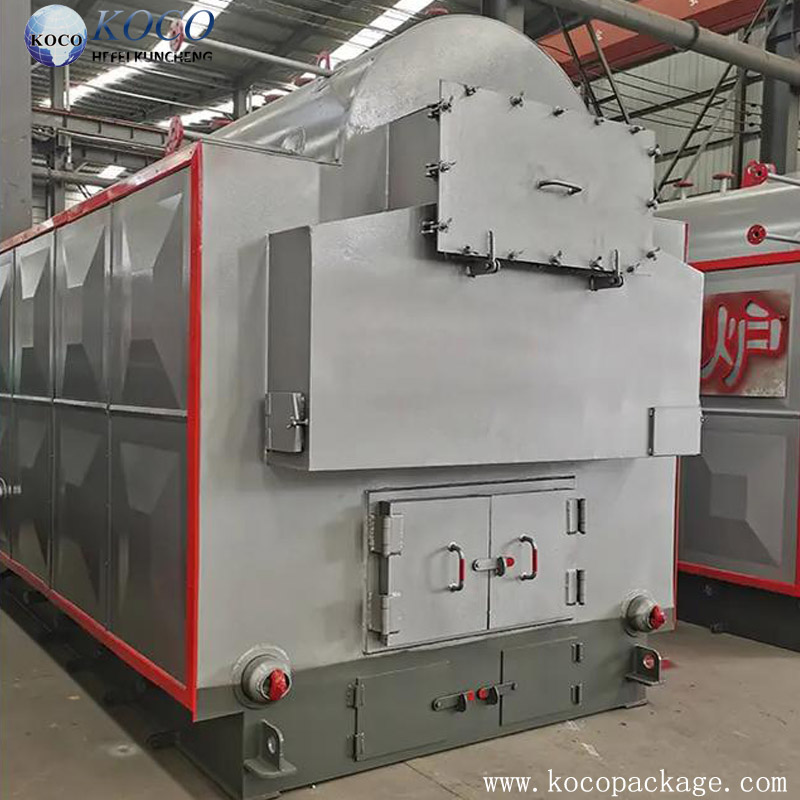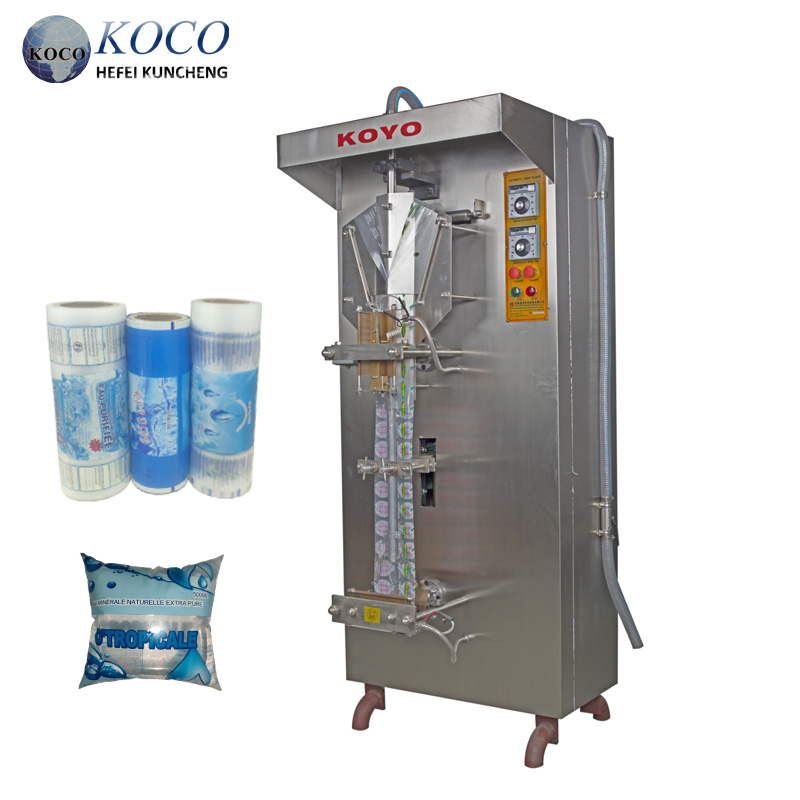Background on the Use of Oil-Fired Boilers in Africa and Their Role in Beverage Production
Sep 25, 2025
In recent years, oil-fired boilers have continued to play a significant role in Africa’s industrial development, particularly within the food and beverage sector. As the demand for bottled water, dairy, juice, and packaged food continues to grow across the continent, the need for stable and efficient energy sources to support manufacturing operations has become increasingly important.
While oil-fired boilers are traditionally discussed in the context of power generation or standalone heating systems, their real value is often seen when integrated into Sachet Juice Filling Machine, packaging lines, and complete production systems. In many production facilities, steam generated by these boilers is used for essential processes such as sterilization, bottle cleaning, pasteurization, and maintaining the temperature of production lines — all of which are critical for ensuring product quality and safety.
The Industrial Need for Reliable Boiler Systems
Africa’s beverage and food manufacturing industries have been expanding rapidly, with annual growth rates exceeding 6% in some regions. According to industry data, over 70% of medium- and large-scale factories use steam in their production lines, not just for heating, but also to support the operation of juice packaging machines, Milk and Yogurt Filling Systems, and other liquid processing equipment.
Oil-fired boilers are particularly valuable in remote regions or areas where electrical infrastructure is unreliable. Their ability to provide consistent thermal energy allows production facilities to maintain continuous output, avoid downtime, and ensure the stable performance of automation equipment.
Application Area
Role of Oil-Fired Boilers
Benefit to Production
Sterilization & Cleaning
Provide high-temperature steam
Ensures hygiene and product safety
Beverage Filling Lines
Maintain temperature stability
Improves filling precision and efficiency
Sauce & Paste Processing
Support thermal treatment
Enhances shelf life and quality
Packaging Machine Integration
Stable steam supply
Reduces equipment wear and downtime
Enhancing Production Efficiency with Boiler-Integrated Systems
The integration of oil-fired boilers with Complete Beverage Production Lines is no longer optional — it’s a key part of building a cost-efficient and sustainable factory. By pairing boiler systems with modern automation solutions, such as rotary filling machines, pouch packaging equipment, or water treatment units, manufacturers can significantly reduce production variability and improve product consistency.
Moreover, the use of boilers can help reduce chemical usage during cleaning and sterilization processes, lowering operating costs while meeting strict hygiene standards. This is especially important for sectors like dairy and juice production, where even slight variations in process temperature can affect product quality.
Strategic Considerations for African Manufacturers
For African manufacturers seeking to upgrade their operations, selecting the right boiler system is just as important as choosing the right packaging machine or filling line. Factors such as fuel availability, efficiency ratings, maintenance requirements, and compatibility with existing equipment should all be considered. Partnering with equipment suppliers that understand both thermal systems and packaging automation ensures that every component of the production chain operates in harmony.
Rather than viewing oil-fired boilers as a separate investment, manufacturers should treat them as a strategic component of a fully integrated production ecosystem. When combined with advanced filling and packaging machinery, boilers can dramatically improve operational efficiency, product quality, and long-term profitability — especially in rapidly growing markets like Africa.

